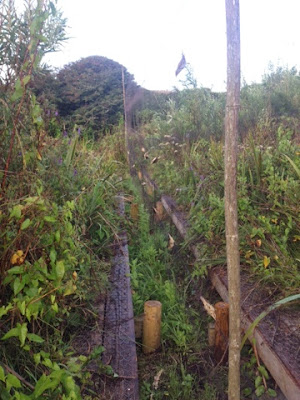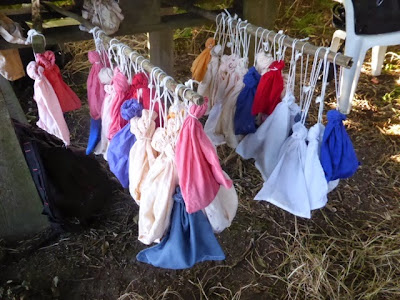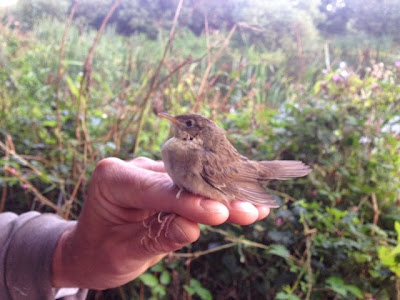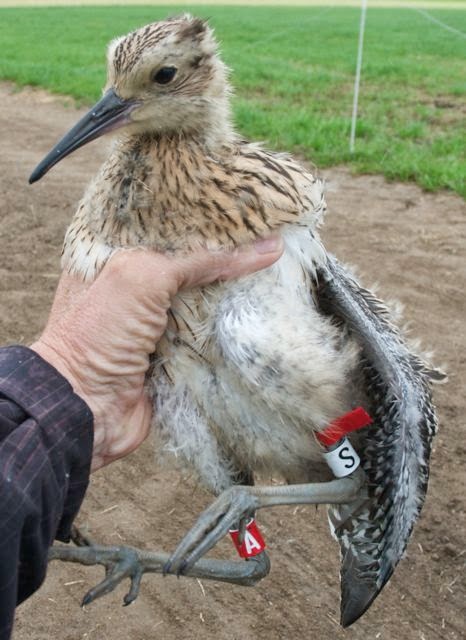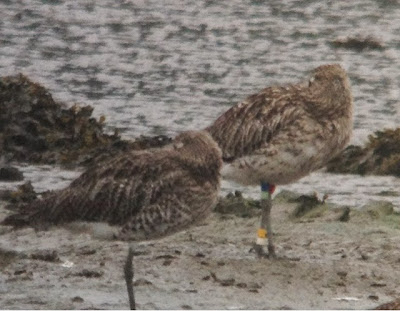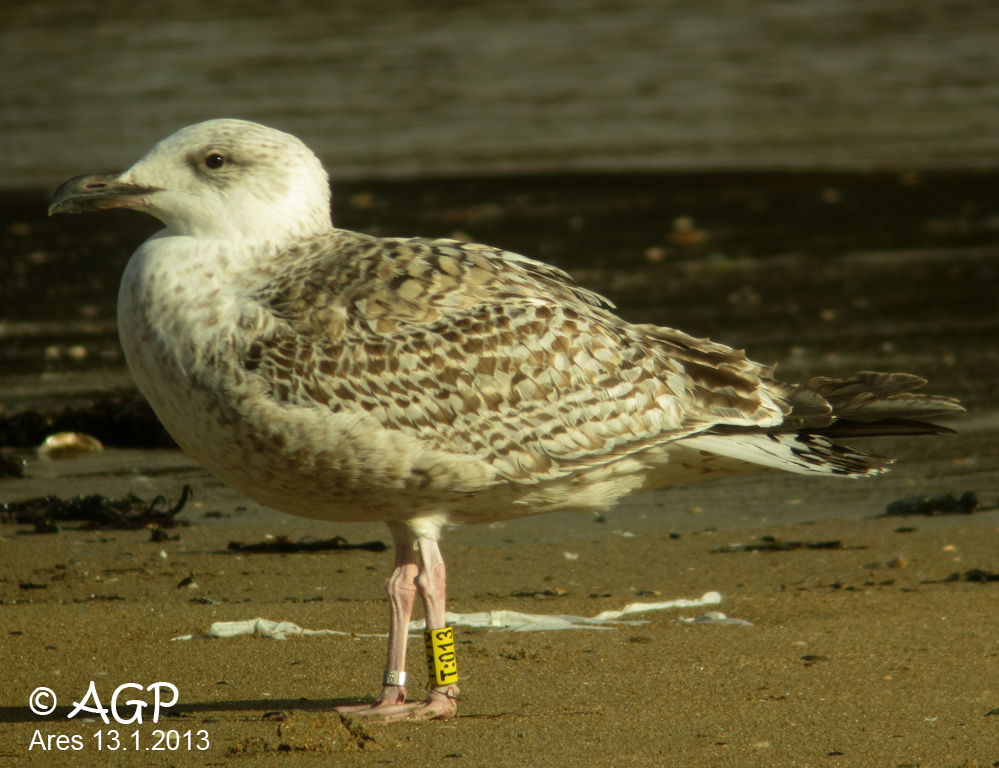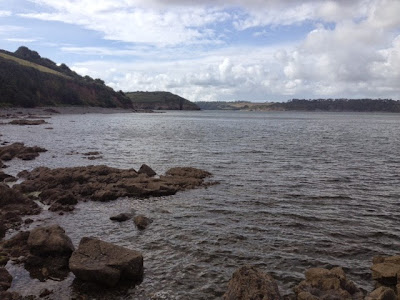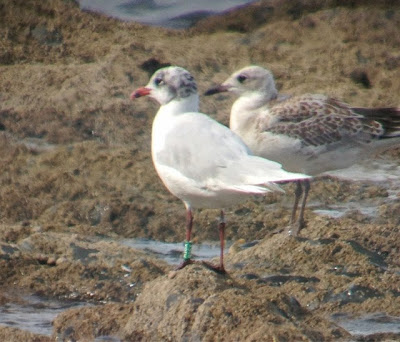The weather has been kind the last few days, and the forecast is looking good for the next few days, so we've been busy taking advantage to get mist nets up. A quick couple of mornings last week at Marazion caught over 120 birds, including this very smart Cuckoo.
In preparation for our latest CES visit this morning, we put up nets last night and managed to catch 25 Swallows in the process. There's always one rusty bird in these catches that makes a change, but I don't think I've seen one quite this dusky before.
 |
| Excuse the poor photo, but it was late... |
The actual CES itself this morning was half-decent for a change. The average catch on Visit 10 is just 35 birds, so our total of 57 this morning was very respectable. Unsurprisingly most were Reed and Sedge Warblers, although 11 Blue Tits were a bit unwelcome! One more unusual bird was a very dark-headed Reed Bunting. Despite having a rather black head, it didn't have any real white collar, and the presence of an obvious brood patch confirmed this was a female. It was actually a retrap, first ringed as a juvenile in July last year. Whilst you do sometimes see female birds taking on male characteristics the older they get (female Blackbirds turning black for example), this bird was probably just very worn, with the dark feather bases showing through on the head.
 |
| Very dark (or worn) first-summer female Reed Bunting |
Talking of wear, also check out the comparison here between a fresh juvenile Reed Warbler and a worn adult. The one will have had its flight feathers for a month, the other for perhaps five or six months.
The last few days have also seen a good gathering of big gulls at Lizard Point, and we've managed to read a whole host of colour rings, including birds from Norway, NE Scotland, France and local SW birds.
 |
| Black 42M (top left) from Normandy, France, and Yellow T:013 (bottom right) from NE Scotland |
 |
| White L:BS3 (top left) from Looe Island, Cornwall, and Green K03 (bottom right) from Normandy, France |
Thanks to Dave Jones for the reedbed photos and Terry Thirlaway for the gull photos.
